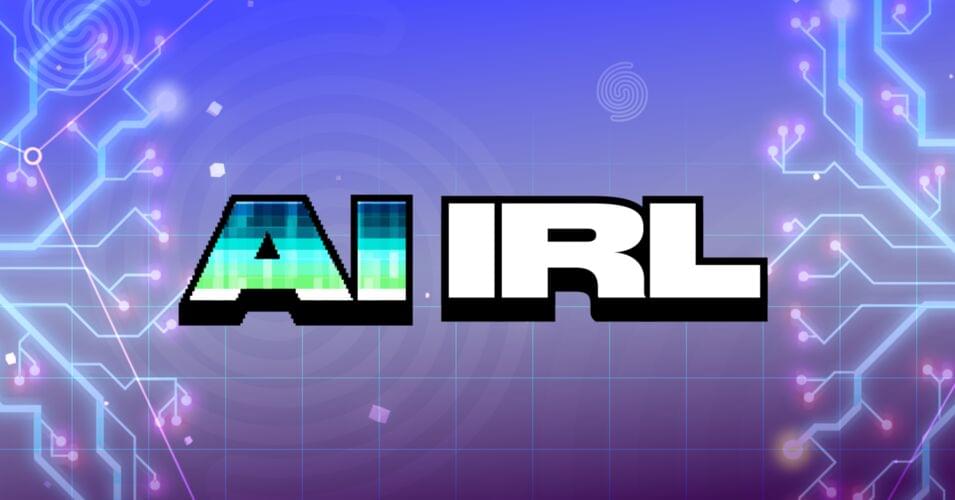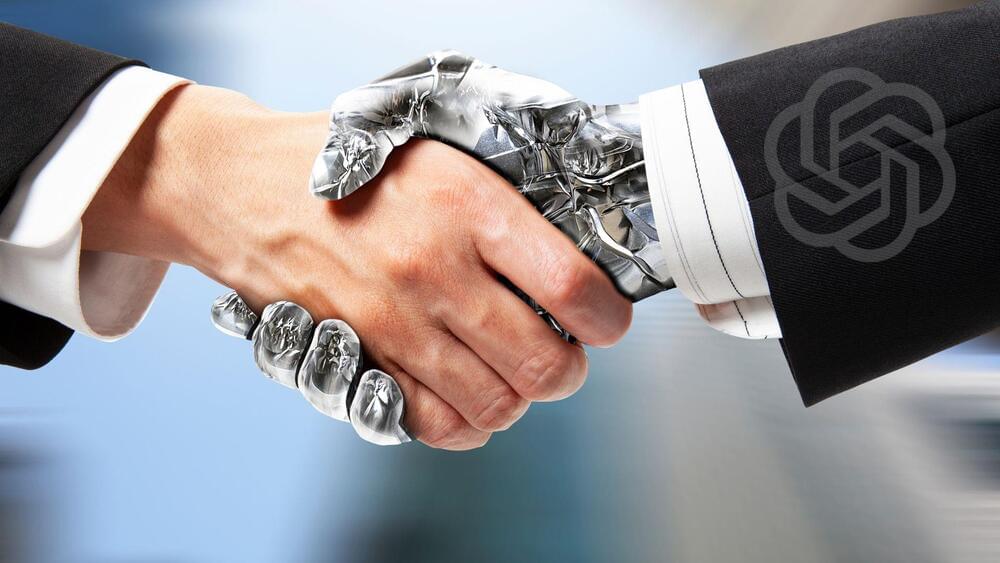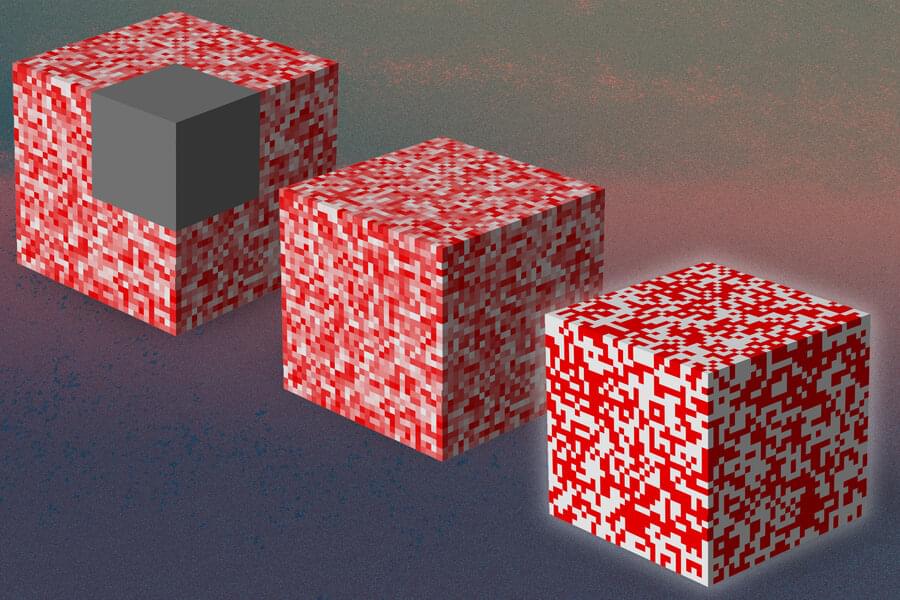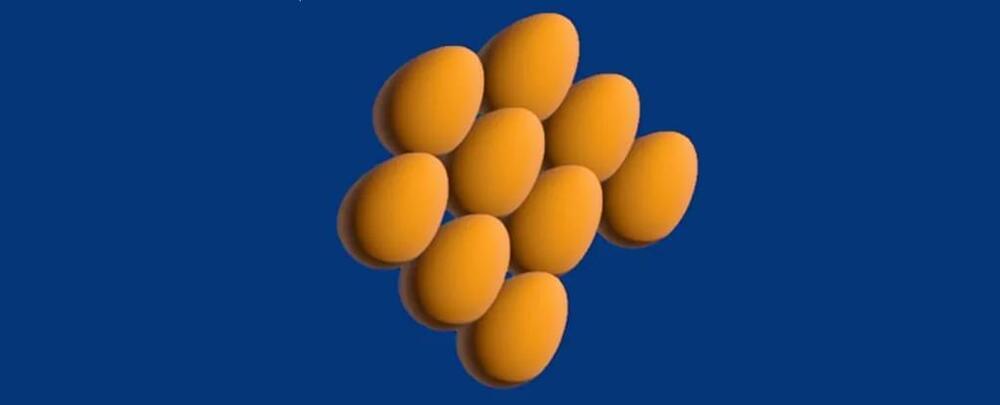Summary: Experts see a bright future in the complementary use of artificial intelligence (AI) and structure-based drug discovery for drug discovery. Researchers explain how computational methods will streamline drug discovery by predicting which drug molecules are most likely to bind with the target receptor. The structure-based and AI-based approaches complement each other and can save time and money while yielding better results than traditional trial-and-error methods.
Source: USC
Artificial intelligence can generate poems and essays, create responsive game characters, analyze vast amounts of data and detect patterns that the human eye might miss. Imagine what AI could do for drug discovery, traditionally a time-consuming, expensive process from the bench to the bedside.






